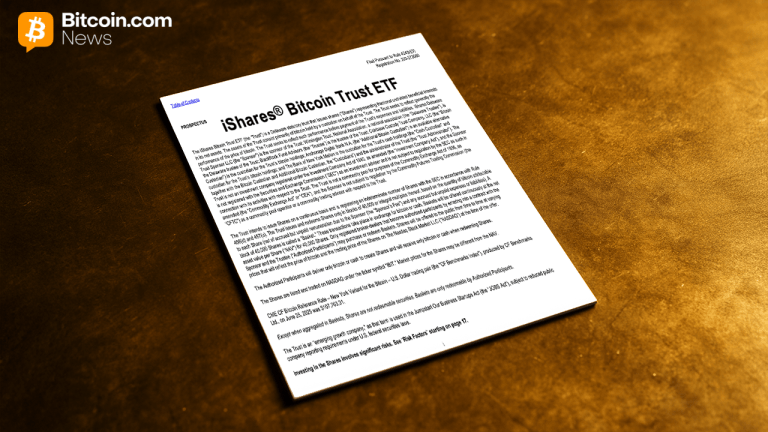Fed’s Logan says more rate hikes needed to slow hot inflation
3 min read
Federal Reserve Bank of Dallas President Lorie Logan said more interest-rate increases will likely be needed to spur meaningful disinflation and bring price-growth rates back to the central bank’s target.
“I remain very concerned about whether inflation will return to target in a sustainable and timely way,” Logan said Thursday in remarks delivered at the Central Bank Research Association’s annual meeting in New York. “I think more-restrictive monetary policy will be needed to achieve the Federal Open Market Committee’s goals of stable prices and maximum employment.”
Policymakers paused their tightening campaign last month following 10 consecutive hikes over 15 months, while at the same time indicating that more increases were likely before the end of the year. Logan, who has said she’s concerned about the persistence of inflation, joined her colleagues in voting for the action, but said Thursday it would have been “entirely appropriate” to raise rates.
“My hope was that the overall package of communications coming out of the June meeting would deliver a strong signal to financial markets and meaningfully tighten financial conditions,” Logan said, speaking publicly for the first time since the meeting.
She added that it was important for the Fed to follow through on its June signal. Forecasts Fed officials submitted at the last meeting showed they expect two more interest-rate increases this year, according to their median estimate. Markets have penciled in one for July but remain split over whether policymakers will deliver another.
The personal consumption expenditures index, less food and energy, rose at a 4.6% annual pace in May, a report showed last week, virtually unchanged since the beginning of the year.
Data released Thursday also highlighted the underlying strength of the US labor market. Private employers added an estimated 497,000 jobs in June following a revised 267,000 gain in May, the ADP Research Institute said. And a separate report showed continuing jobless claims — a proxy for the number of Americans receiving those benefits — fell to 1.7 million in the week ended June 24, a four-month low.
The minutes of the June meeting, released Wednesday, showed a growing divide among officials, with some saying they would have preferred to raise rates again at that point amid a still-high inflation rate and a tight labor market. Others have said they want to see how their aggressive policy so far is affecting the economy.
“Some people say a lot of further cooling is in store from lagged consequences of the rate increases the FOMC has already made over the past year and a half,” Logan said Thursday. “I’m skeptical about the potential for large additional effects from this channel.”
The Fed has been reducing the size of its balance sheet since June, draining about $95 billion of liquidity from the financial system monthly in a move that complements its rate hikes in the battle to control inflation.
Logan said that if the Fed starts cutting rates — which some officials have penciled in for 2024 — that wouldn’t be a reason to stop balance-sheet shrinkage.
“If we are lowering interest rates to get back to a neutral position, that wouldn’t be a reason to stop the decline,” she said. “My expectation is that we have room for the balance sheet to continue shrinking for quite some time.”
She also cited the roughly $2 trillion that money-market funds have parked in the Fed’s overnight reverse repurchase agreement facility — known as the RRP — as a reason for no concern.
“We need to see that overnight RRP get back to negligible amounts,” she said.
Logan noted that financial conditions began tightening even before the Fed started raising rates last year and that the last significant contraction was in September.
Stocks have rallied this year, even as the US central bank continued to tighten policy, with the S&P 500 Index gaining about 15%. The yield on the 10-year Treasury note, at 3.97%, is off highs of 4.24% reached in October.
Policymakers have also said they want to see how this spring’s banking-sector turmoil affects lending. Given how this has played out so far — banks haven’t pulled back credit in a major way — it likely won’t offset the need for a higher fed funds rate, Logan said.
Logan pointed to the way some foreign central banks have had to resume rate increases after a pause. The Bank of Canada delivered a surprise quarter-point hike in June after holding rates steady since January, citing persistent excess demand.







